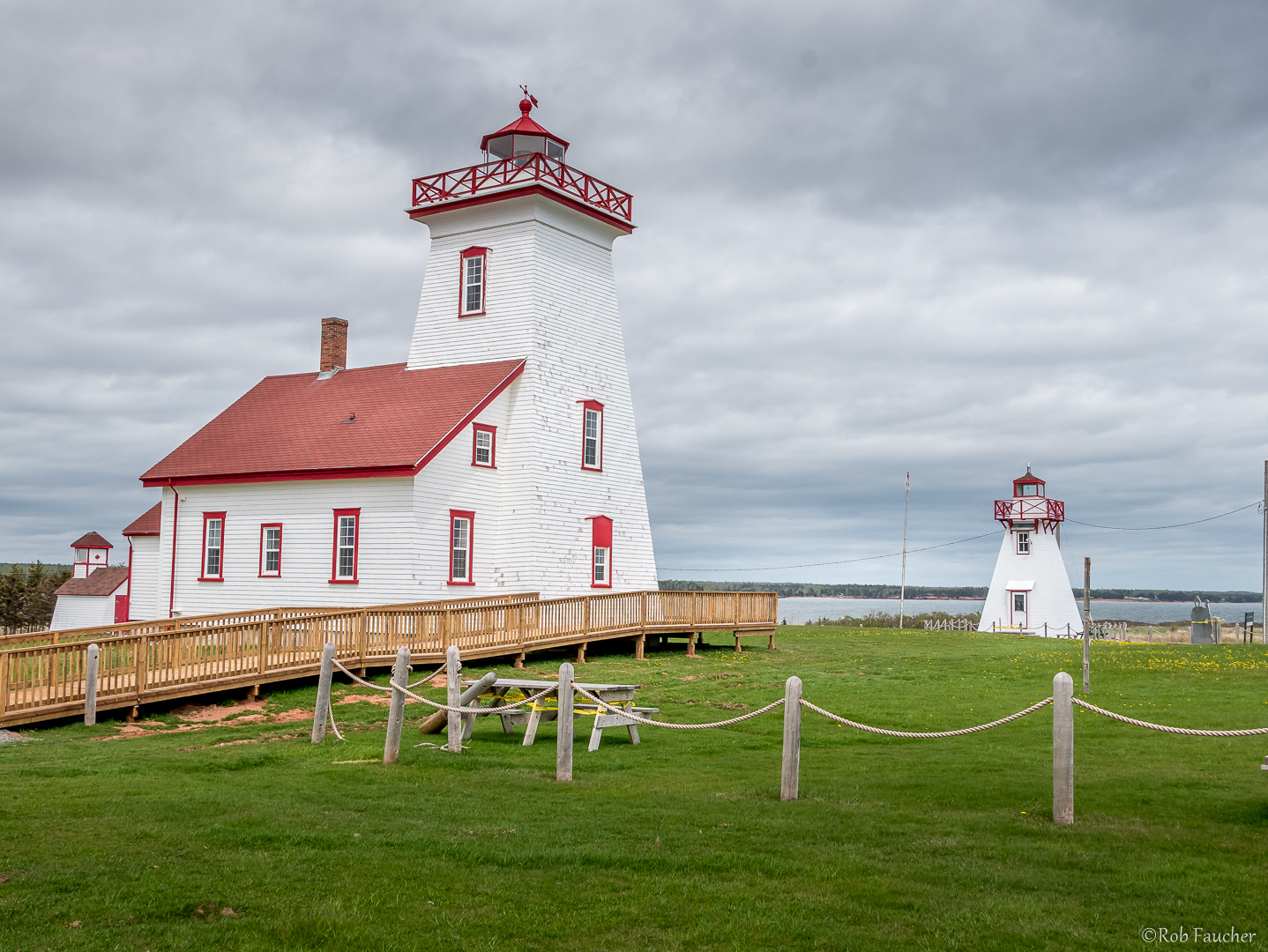A couple of days ago, my friend and I went for another motorcycle ride on the island. As I am a relative newcomer to PEI and he is and islander, I always learn something each time we travel. This time he took me to Wood Island as well as Cape Bear lighthouse. It was my first outing to both places.
I knew of Wood Island because of the ferry terminal, but I did not know it is the island’s southernmost point. What really fascinated me is the history of Cape Bear Lighthouse and its link to the RMS Titanic. The following information is from www.lighthousefriends.com.
A Marconi Wireless Telegraph Station was built adjacent to the Cape Bear Lighthouse in 1905, one of seven such stations established by the Department of Marine and Fisheries around that time. Its principal purpose was to communicate with ships at sea and the ice-breaking steamers, Stanley and Minto, which linked Pictou, Nova Scotia with Charlottetown and Georgetown, Prince Edward Island. B. E. Hobbs operated the station from 1905 to 1912, and Thomas Bartlett then kept the station until it was relocated to Charlottetown in 1922.
On the night of April 14, 1912, Bartlett received the first distress signal in Canada from the Titanic as it was sinking off the coast of Newfoundland. A similar station at Cape Race in Newfoundland was in communication with the Titanic, but at that time Newfoundland was not a part of Canada.
The Cape Bear Marconi Station ceased operations in 1922, and the building that housed the station was sold to Robert Glover in 1929. The structure now serves as a family home in Guernsey Cove.
During the Second World War, the Cape Bear Lighthouse proved useful for spotting German U-boats that approached the coast. Several were seen along the shore but disappeared while being tracked.

